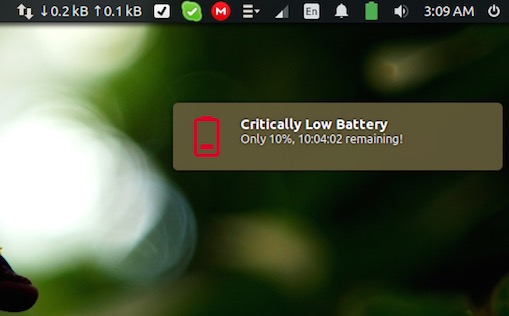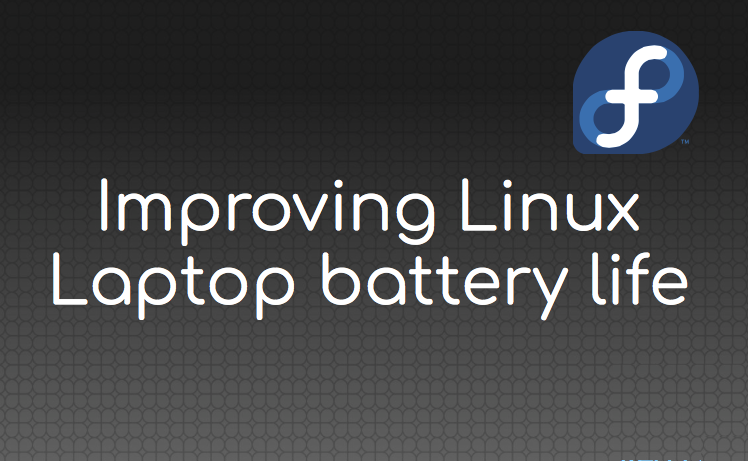
Battery life on Linux is something of a weak spot in my opinion. It’s not abjectly terrible, but it’s not subjectively fantastic, either.
So I’m stoked to hear that Red Hat (yes, them again) are hard at work trying to improve Linux battery life.
Their engineers have beavered away on battery life variables to find the best settings to lower power consumption of Fedora, the Linux distribution which Red Hat helps to develop.
And their results are impressive.
How Red Hat is Improving Battery Life on Linux
If there’s one thing that Linux distros have in common (apart from the kernel they run on) it’s that they (mostly) all suck at power efficiency ‘out of the box’.
That battery life on Linux laptops is nothing to shout about is kind of odd considering that Linux laptops are super popular.
Thankfully, unlike Windows and macOS, Linux is Linux; we can dive in and fine-tune kernel settings and parameters, swap heavy desktops for lightweight ones, and so on.
But that’s effort, right?
Enter Red Hat and Hans de Goede. He’s part of the company’s desktop hardware enablement team.
At FOSDEM 2018 Hans presented a talk titled: “Improving Linux Laptop Battery Life Reducing Linux Power Consumption”.
In this talk, which you can watch in full a few paragraphs down, de Goede reveals 4 power management tweaks that dramatically improve battery life on Fedora:
-
- Enabling auto-suspend for USB Bluetooth
- Enabling auto-suspend for Intel HDA codecs
- Enabling SATA link PM by default
- Enabling i915 Panel Self Refresh by default.
In his tests with these settings the idle power consumption of Fedora on a Lenovo ThinkPad T440s laptop dropped by 2 watts from ~7.9 Watts to ~5.6 watts.
It might not sound like much but it equates to a battery life increase of almost 30% — which is huge!
That’s enough time for another latte or two when working out of your favourite coffee shop.
Hit play in the embed below to watch the full presentation.
Why not just install PowerTop & TLP by default?
None of the findings in the talk are revelatory or new. In fact, we’ve written about ways to improve battery life on Linux before using tools like PowerTop, TLP, and common sense.
But as de Goede touches, there are some pretty key reasons why pointing users to these power-user tools (and letting them have at it) isn’t an ideal solution.
“Why do [this] work? The way I see things I want Linux to be usable for everyone. The out of the box experience matters a lot and [not draining the battery] should just work,” he says in his presentation.
- The ‘out of the box’ experience matters
- Better battery life should “just work” for all Linux users, no tuning required
- TLP and PowerTop can cause problems
“Usually the power consumption story is not all that good [out of the box]. We have a number of of tune-ables in the kernel which are disabled by default. If you actually enable those you can usually save around 2 watts on idle usage,” de Goede says.
If you already run PowerTop or TLP then you’re already benefitting from the bulk of these savings. This effort, as de Goede says, is simply about implementing the best settings by default.
Anyone who installs Fedora 28 gets these battery life benefits as standard — no tweaking. No extra apps. No cut corners.
Which kind of makes Fedora the best linux distro for battery life, doesn’t it?
Ubuntu (And Other Distros) Can Learn From This
All the lessons learned can be applied to and implemented by other Linux distros too. If you long to extend battery life on Ubuntu or another distro, you know now you can.
FOSDEM 2018 (via Phoronix)

